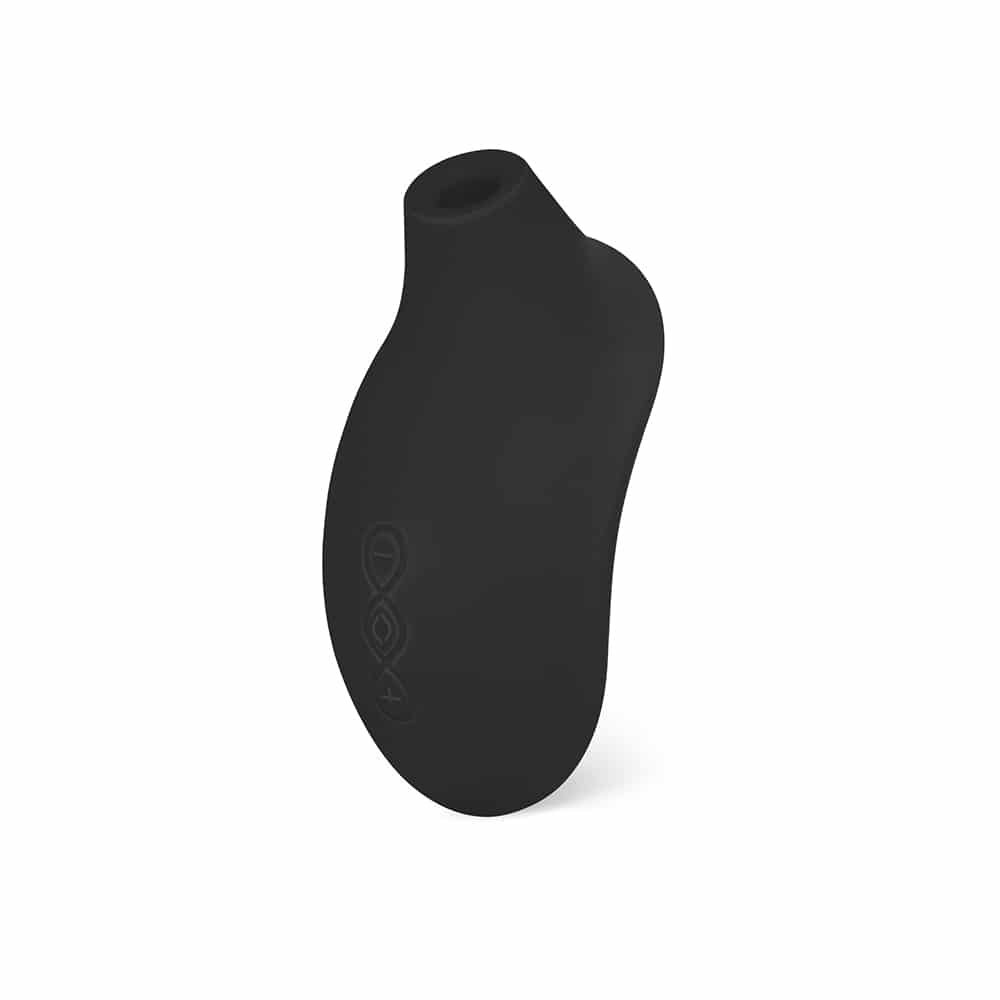Despite condoms being one of the most popular and oldest forms of contraception, many people still make mistakes when using them.
When used according to instructions, both “external” (or male) condoms and “internal” (or female) condoms are 95% effective in preventing unwanted pregnancy and STIs. But with common usage mistakes, the number is closer to 87% according to Planned Parenthood.
Led by Stephanie Sanders of The Kinsey Institute for Research in Sex, Gender, and Reproduction at Indiana University, a group of researchers did a review of over 50 studies to see what mistakes people made that made condoms less effective.
Let’s take a look at common mistakes and how you can avoid them.
18 Most Common Mistakes People Make While Using Condoms
1. Not Using a Condom
The first mistake people make when using a condom is not using it when they should be. Period tracking app Clue collaborated with the researchers at the Kinsey Institute to find out about people’s condom use during menstruation. They surveyed over 95,000 people and found a 15% decrease in condom usage among people during menstruation.
While 64% of people reported using “external” (or male) condoms when not on their period, only 49% reported using them when on their period during vaginal intercourse. 30% of people were not worried about getting pregnant during their menstruation, which explains the decrease in use.
However, while the chances of getting pregnant are low during menstruation, they are possible. Plus, not using condoms during menstruation means that you still have a chance of contracting STIs.
2. Not Checking the Expiry Date
Condoms, just like many perishables, do expire. While they have a long “shelf-life”, there is still a limit to how long you can store condoms in your pocket before they start to deteriorate and lose their effectiveness. So, always check the expiration date that is printed on the wrapper.
3. Using the Wrong Type of Lube
Researchers found that in about 4.1% of sexual events, people used oil-based personal lubricant with latex condoms. Oil can deteriorate latex, which can increase the chances of condoms breaking during intercourse. A much safer option is a water-based lubricant.
4. Storing the Condoms Incorrectly
In pop culture, we often see guys pulling condom out from either the back pocket of their jeans or their wallet. While it’s a smooth move, storing condoms in either of those locations is not recommended.
Between 3.3-19.1% of people store condoms incorrectly, which can impact condom effectiveness and durability. Heat can make them break and constant folding and transporting can compromise the packaging.
5. Taking It Off Too Soon
Researchers found that between 13.6-44.7% (depending on the study) of people remove condoms too soon – before intercourse is over. Early removal increases your chances of contracting an STI and unwanted pregnancy. Removing a condom during intercourse without your partner knowing is called “stealthing” and is a form of sexual assault.
6. Wearing the Wrong Condom Size
Some may feel accomplished buying XXL condoms, but using condoms that are too big can risk them easily slipping off during intercourse, or the condom can leak. Between 13.1-19.3% of people reported condom slippage, and between 0.4-6.5% reported condom leakage.
7. Reusing the Same Condom
Between 1.4-3.3% of people reported reusing the same condom more than once. All condoms are designed for single use and should never be used more than once as they can carry over harmful bodily fluids and bacteria that build up after the first use.
8. Putting It on Wrong
Researchers found that 11.2% of women and 8.8% of men had intercourse without unrolling the condom all the way down the penis. And between 4-30.4% of people wore it inside out, before removing the condom and placing it on the right way.
Always make sure the condom covers the whole shaft, and if you put on the condom the wrong way, discard it and put on a new condom instead.
9. Not Checking It Before Putting It On
82.7% of women and 74.5% of men reported not checking condoms for damage before usage. Of course, when you’re in the middle of a heated moment, the last thing on your mind might be to check the condom for holes, but it can save you in the long run.
10. Leaving It for Too Long
Up to 57% of sexual encounters end up with incorrect condom removal, like leaving the penis with the condom on it inside the vagina after sex is over. This increases the chances of condom leakage, unwanted pregnancy and STIs.
11. Leaving No Space at the Tip
Leaving the small space at the very tip of the condom is important for effectiveness. Failing to leave a reservoir for semen at the very tip was reported by between 24.3-45.7% of respondents. Always make sure that there is a little bit of space left so that it has space for ejaculation and the condom does not leak.
12. Not Adding Lubrication
Between 16-25.8% of people report not using lube. Adding lube to intercourse can enhance the experience, and it’s especially true when using condoms. Even if condoms are prelubricated, adding more water-based lube will never hinder the experience. It can help prevent friction which can cause condoms to break.
13. Forgetting To Use It
Condoms are most widely used for vaginal intercourse because they can protect against unwanted pregnancy. However, you might want to consider using condoms during other types of sex too – anal and oral. You can easily contract an STI during oral and anal sex, so it might be a good idea to consider using “external” condoms or dental dams.
14. Putting It on Too Late
Between 17-51.1% of people reported starting intercourse before they put on a condom. Pre-ejaclation can still contain sperm, and condoms should be worn throughout all of intercourse to prevent STIs.
15. Unrolling the Condom Beforehand
Between 2.1-25.3% of people report fully unrolling condoms before placing them on the penis. Condoms are supposed to be unrolled on an erect penis to avoid unnecessarily stretching or ripping them.
16. Not Removing the Air
Almost half (48.1%) of women and 41.6% of men report not removing the trapped air after rolling the condom on the penis. Leaving air inside the condom can increase the chances of the condom breaking.
17. Exposure to Sharp Objects
Between 2.1-11.2% of people admit that they have used a sharp object to open a condom. A sharp object can be anything from scissors to your teeth. When opening a condom, avoid using sharp objects, and simply tear off the package where it’s shown.
18. Using Two Condoms
While it might feel like using two condoms adds extra protection, it does the opposite. The friction between condoms during sex can break the condom. Use only one at a time.
Discover pleasure with:







